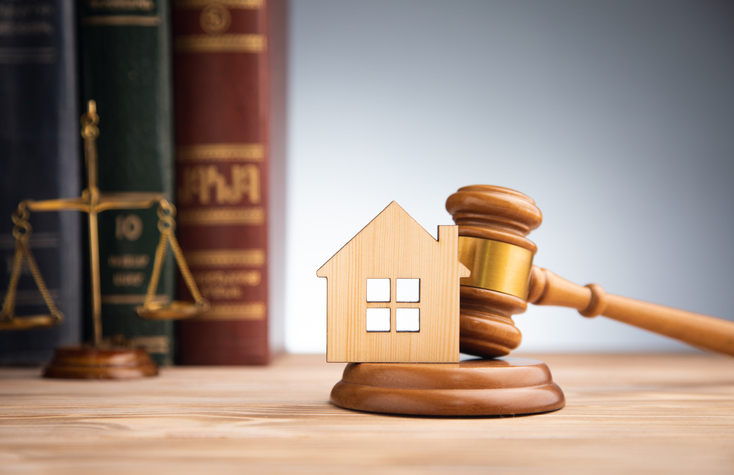Report: Energy Efficient Mortgages gain popularity
More homebuyers and current homeowners are considering Energy Efficient Mortgages to rein in energy costs and realize substantial savings over the long term, according to a new U.S. News & World Report.
Energy Efficient Mortgages (EEMs) fist originated in the early 1980s as a way to encourage homeowners to make energy-saving home improvements. In recent years, EEMs have increasingly gained popularity.
EEMs aren’t without potential difficulties. To get an EEM a borrower typically has to have a home energy rater conduct a home energy rating before financing is approved. This rating verifies for the lender that the home is energy-efficient.
Furthermore, borrowers generally must obtain larger loans for energy-efficient homes or by making energy-efficient improvements – such as replacing windows, improving insulation, installing energy-saving heating/cooling systems and upgrading to energy-efficient appliances.
Lending experts caution borrowers to be careful and make sure they’re comfortable with the higher monthly mortgage payments spurred by a bigger loan. Capturing the savings can take years but the decrease in a home’s energy costs may make up the difference, according to the report.
Lenders offer the following EEMs:
- Conventional loans. Funding for energy improvements is usually capped at 10 percent of the appraised value of the completed property. Conventional lenders also may be able to boost buying power by counting energy savings as income. To find a lender, visit the ENERGY STAR Partner Locator.
- Federal Housing Administration (FHA) loans. Improvement costs can’t exceed five percent of the property’s value (not to exceed $8,000) or $4,000, whichever is greater based on appraised value. Learn more here.
- Veterans Administration (VA) loans. Veterans can typically add up to $6,000 in energy-efficiency improvements. More information about VA EEMs can be obtained from the website for the U.S. Department of Veteran’s Affairs.
According to a study released last month by McGraw Hill Construction, 81 percent of consumers say energy-efficiency somewhat-to-very-much affects their home buying decision.
The average homeowner spends about $2,200 annually on energy bills, according to the Department of Energy’s Energy Star Program. The Environmental Protection Agency (EPA) says that adding insulation and improving the sealing of a home has the potential to curb total energy costs by 10 percent.
According to Energy Star, programmable thermostats can save homeowners $180 annually; replacing single-pane windows can offer a $500 annual savings; solar water heaters offer a $140 savings; and energy-efficient HVAC systems can offer $200 or more in savings.
Topics
Share this post
Member Discussion
Recent Articles
-
Tri-County Realtor® Leads Efforts to Fight Hunger
- November 21, 2024
- 2 min. read
Heather Griesser-LaPierre, a member of Tri-County Suburban Realtors®, led an initiative last month to pack 238,000 meals for hurricane victims alongside fellow Realtors® and other volunteers.
-
9 Tips to Save Money When Moving
- November 20, 2024
- 3 min. read
For new homeowners, moving costs can add up quickly. Here are nine tips to keep moving costs down, from Point2.
-
Earn Pa. CE Credit at Triple Play: Agency Relationships and Disclosures
- November 19, 2024
- 2 min. read
Taught by two PAR associate counsels, “Agency Relationships and Disclosures in Pennsylvania” is a three-hour course that is a Pennsylvania SREC-required topic for the 2024-2026 continuing education cycle.
Daily Emails
You’ll be the first to know about real estate trends and various legal happenings. Stay up-to-date by subscribing to JustListed.



